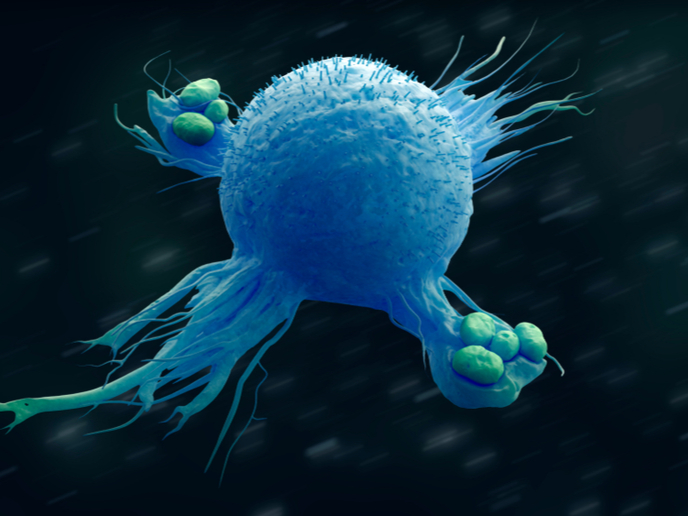Novel therapy for cystic fibrosis
Cystic fibrosis is caused by mutations in the cystic fibrosis transmembrane conductance regulator (CFTR) gene, which controls the water and salt content of the liquid protecting the lung airways. Cystic fibrotic lungs are characterised by an accumulation of thick secretions due to an abnormal transport of chloride across the lung epithelium. Delivery of the wild type CFTR gene to the lung epithelium appears to be the most straightforward approach towards gene therapy of cystic fibrosis. However, clinical studies have been met with limited success due to the low transfection levels achieved in vivo. The EU-funded ‘Improved precision of nucleic acid based therapy of cystic fibrosis’ (Improved Precision) project was designed to develop a novel therapeutic approach for the treatment of cystic fibrosis by targeting the epithelial sodium channel (ENaC) of the respiratory epithelium by RNA interference. ENaC is believed to play a major role in the pathogenesis of chronic lung disease in cystic fibrosis patients as it is regulated by CFTR. It has therefore been suggested that down-regulation of ENaC restores the tissue layer damaged in cystic fibrosis airways, thereby improving mucous clearance in the lung. The Improved Precision project proposed to administer siRNA constructs via the airways in aerosol form. A further level of precision to the approach was brought about through coupling of these constructs with magnetic nanoparticles. Application of an external magnetic field would then be used to achieve lung-specific accumulation and retention. After showing over 90 % reduction in ENaC synthesis in vitro, the most efficient construct formulation was tested in animal models. The constructs were delivered to the lungs as aerosolised magnetic fine particles by high-gradient magnetic devices. The observed down-regulation of ENaC expression was concomitant with up to 70 % reduction in channel activity, and lower fluid absorption through the bronchial epithelium for 8 days. These findings clearly indicated the potential of a siRNA approach for improving the airway hydration status in cystic fibrosis patients. Although the system mandates further optimisation before it can be applied to humans, the Improved Precision project showed promising results towards ameliorating the lung pathology of cystic fibrosis patients. Translation of this approach to the clinic will surely benefit many cystic fibrosis sufferers worldwide by improving their quality of life.







